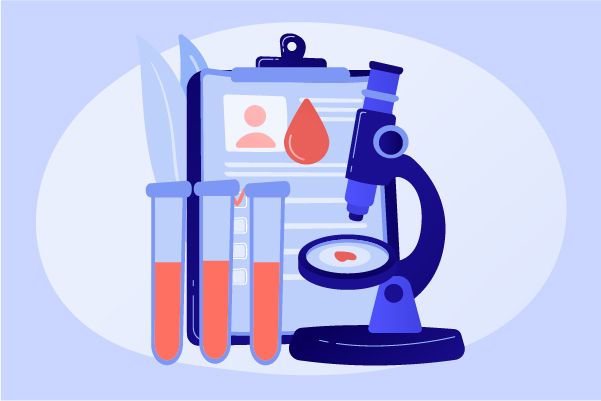How to collect blood samples in clinical trials?
Laboratory tests are often part of the safety assessment in clinical trials of unlisted drugs, and blood samples are used for clinical biochemistry and blood.
Sometimes, the liquid test can also be used to determine the concentration of drugs for test. In addition to safety assessment, laboratory tests can also evaluate efficacy(such as blood glucose levels in diabetes trials).
Blood samples can be collected in a variety of ways. Syringes or vacuum tubes are usually used. Most laboratories that undertake large projects use vacuum tubes.
Generally, researchers should be provided with a blood collection package, including a packaging box, a set of labels, a needle, a syringe box and Some blood collection vessels. Each blood collection vessel has been vacuumed and sealed with a rubber stopper, and labels are attached to it. After blood collection, it is put into the package.
The boxes are transported directly to the laboratory. Sometimes blood samples should be centrifuged before transportation.
The quality of blood samples is crucial. The test coordinator is responsible for ensuring that the collection and transportation of blood samples meet the requirements.
About blood samples common questions are as follows:
·Sampling equipment does not meet the requirements;
·The sampling time is incorrect or does not meet the fasting requirements;
·The blood sample was placed at an overheated temperature or the transportation time was delayed;
·Wrong label or no label of blood collection vessel;
·The blood sample or file was not marked with the time or the unique code of the subject;
·The blood sample collection volume is incorrect (too little or too much). The test plan shall clearly indicate how to store the samples after they are collected in the laboratory, including the storage conditions. When samples are required to be frozen,or special attention should be paid to cold storage. If refrigeration is required, the refrigerator temperature should be checked regularly and the results recorded. It is also usually required to use ice.
An alarm device is installed on the box to alarm when the temperature is higher or lower than the requirements. This helps ensure that it is not lost before trial analysis valuable and unique laboratory samples.




